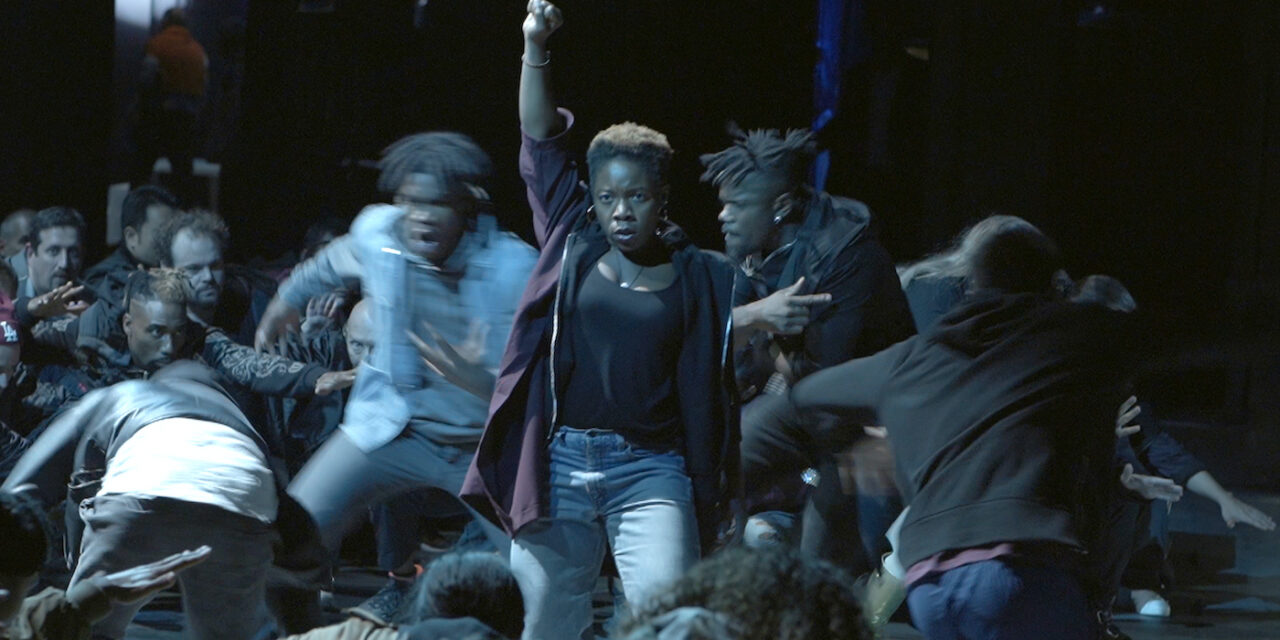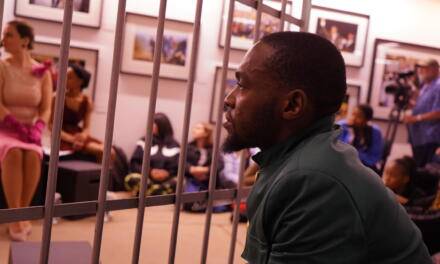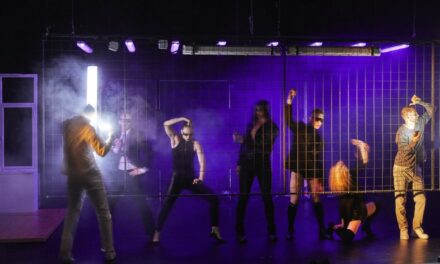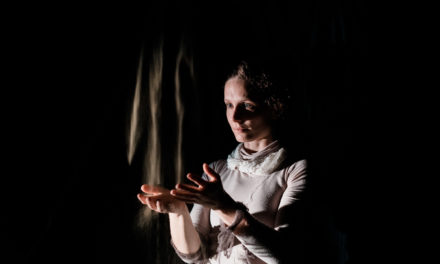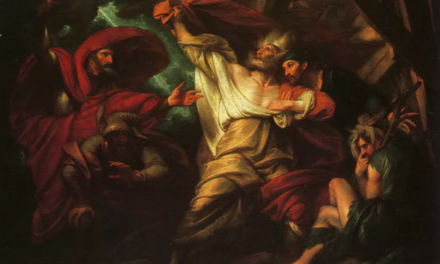RECLAIM PUBLIC SPACE!
Many ideals are projected onto public space, as if it were inherently democratic, inclusive and accessible. Nothing could be further from the truth. Who can freely perform their identity on the street and who is made invisible, censored and excluded? Performer Sorour Darabi and activist Baobab van de Teranga each claim back public space with a powerful statement.
3 tools to translate transformative justice in a performative arts context
Performative arts and performative artists, because you’re both actors in this play named Systemic Violence, you have done harm to many communities.
Since the George Floyd global uprisings, everybody’s claiming that the performing arts need to decolonize themselves, need to be accountable for the fact that “Black Lives Matter.” Yet, the very fact that performative arts are aligned in some administrative, financial and political processes complicates this wish of decolonization.
Cultural production is channeled into systemic ways of producing public policies and organizing metropolises. And production of public order through the police institution is also channeled into systemic ways of producing public policies and organizing metropolises. Because all of this is entrenched amidst the very same networks, patterns, institutions, all of these elements also share the very same antagonisms and toxic patterns.
This liaison is translated into a set of actions intended to select who has access to the fabric of cultural resources. In fact, cultural resources are not sacred, they are everywhere, but part of the deal is to create a symbolic added value. Which is defining the use of explicit and/or implicit forms of repression to protect and at the same time valorize those cultural resources. This combination occurs concretely in our bodies and in our streets and interferes with the work performative arts can propose.
Where do performative arts stand in this very war on public space?
Did we forget what we’ve lost every time a cultural actor shifted from public space practices to cultural institutions’ comfortable walls?
Are we so deep in the matrix to no longer be able to conceive public spaces as heterogeneous podiums with heterogeneous audiences, noises, rhythms and rules?
Or did we only forget that artistic practices that emerged from the streets were mostly designed in underprivileged areas that’d been wiped out by both extreme policing, aggressive urban planning and normative cultural spaces implementations?
The global agenda is simple: defund the police. This means that the police institution is heavily funded by public funds. But this public money doesn’t prevent crimes and domestic abuses, nor does it repair harmed people and harm-doers. We abolitionists demand those funds to be reallocated to other spectrums of civil society: housing, education, public health, culture. Those are all fields where public investments and energies could be focused on preventive measures and avoid massive discrepancies amongst broken beings repeating and amplifying their own toxic narratives.
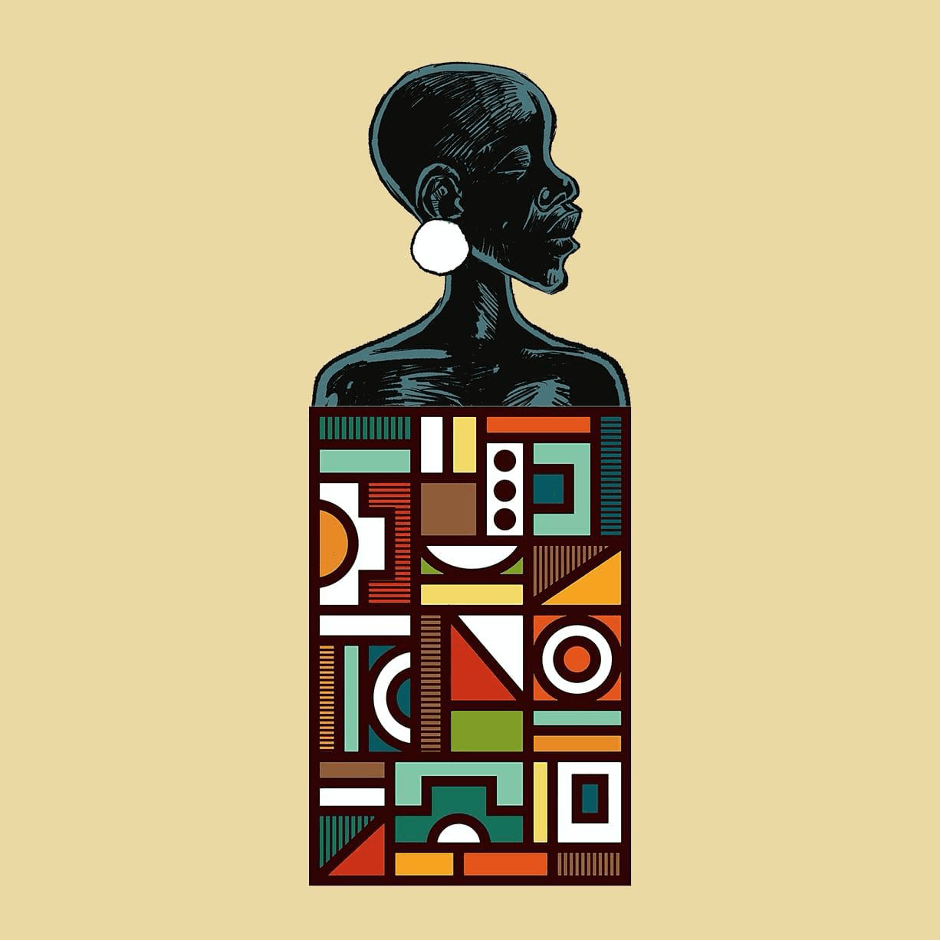
Moment with Self, 2021 Peintre Mounou @PeintreMounou.
1. Acknowledge harm: Who keeps on calling the cops?
Domestic abuses, mental health issues and vulnerabilities expressed publicly by people in vulnerable situations are the most common reasons why police are called to intervene. Because the police institution is a tool of social repression, officers have no formal training in terms of psycho-social treatment. On the contrary, most of the time, police interventions in these very basic (yet sometimes super-violent and traumatic) situations will be more likely to escalate tensions between people and/or harm someone in the meantime.
Even when they are not called by anyone on a micro-level, police might intervene to enforce social, economic and racial visions for the city yet to come. In Brussels’ Northern Quarter for example, the long debate over the future of the WTC towers and the Maximiliaanpark was cast in a new light when COVID-19 broke out.
With a beautiful mise en scène, police officers in Robocop costumes and full riot gear set up in the Maximiliaanpark and kicked out any mensen op de vlucht standing by. Dramaturgically, those officers were performing a spatial embodiment of the monopoly of legitimate violence.
Performative artists, why don’t we see y’all performing in these contested streets?
“Did we forget what we’ve lost every time a cultural actor shifted from public space practices to cultural institutions’ comfortable walls?”
For a year, police corps have been claiming those streets, chanting with sirens each night after curfew rang, sharing fines as if they were proofs of affection, harming and traumatizing citizens by their mere presence and even often by their absence. Public space is a contested space. Every time an actor is relegated, another actor will build its own legitimacy by enforcing a supplementary level of violence into the urban scene and rewrite the narrative.
With public health a privilege, every movement is shut down, domesticated and relegated to the margins and invisibility. Performative artists, may you receive this paper as a rallying call. But no alliances will happen until acknowledgment of your own antagonisms and structural violence has been done.
2. Understand, analyze and deconstruct toxic patterns
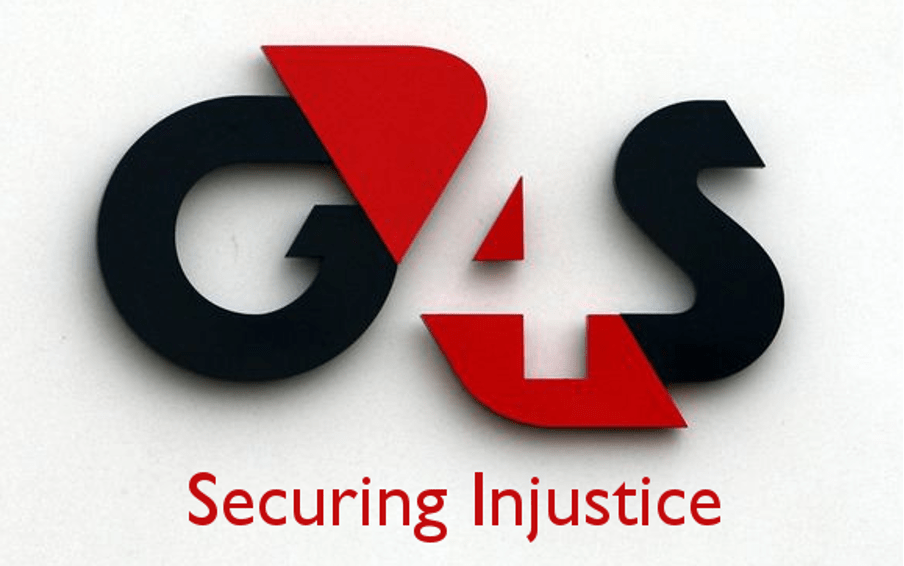
G4S is a private company many cultural actors contract with. Just so you know, G4S provides equipment to Israeli prisons and checkpoints, is involved in hundreds of civilian deaths and runs Human Rights biased detention centers throughout the world.
Do you remember calling the cops and/or paying a private security service to ensure a higher level of safety in a performative arts event? Do you remember essentializing those persons from underprivileged backgrounds involved in the second or third line of production? You know, those people in charge of express and extreme deliveries, those you rely on to access priceless resources at really short notice before a performance?
“Performative artists, may you receive this paper as a rallying call. But no alliances will happen until acknowledgement of your own antagonisms and structural violence has been done.”
Do you remember those disbalanced attempts you’ve made with your team on bridging performative arts vocabularies and endless social work emergencies? Oh, and have you ever noticed this paradox between your wishes in terms of inclusion and your practices in terms of security implementation leading to a form of audience selection?
While heading to a more accountable and responsible community of interests, there are no such things as replicable models of self-depollution. As in the treatment of removing heavy metals from the human body, coloniality needs to be cured via a process of chelation. The idea is to target toxic cells and patterns and address them with a transformative body able to both hold these toxic cells, discriminate between toxicity and livity to capture and drain toxic elements from the body.
This is handcrafted and heavily intentioned work that must only be guided by a prior gesture of humility. One might be a successful performative artist in one’s own practices but reinforce systemic violence in many other aspects of one’s work. To go further on this radical agenda, we need to be at first radical with our very own toxic patterns.
3. Shifting practices: KRUMP as a model for the future of performative arts.
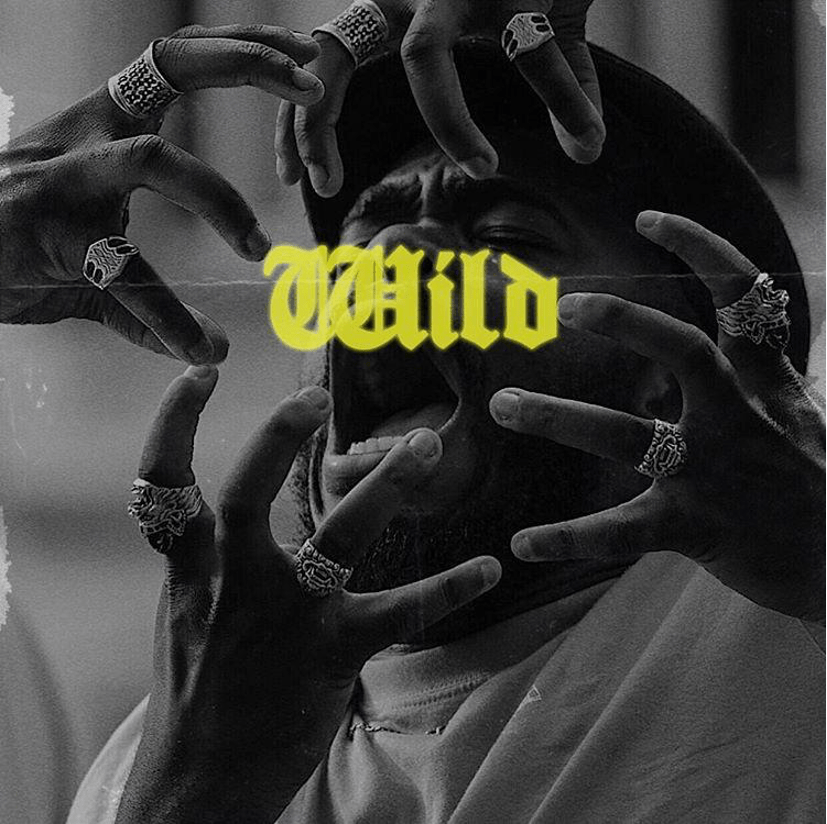
Wild fame, presentation image.
On December 13th last year (13/12 referring to the letters A.C.A.B, or “all cops are bastards”), a cultural event happened in a squat based in Kuregem. This neighborhood of Brussels is facing multiple urban renewal projects and its communities are living with an over-represented police force to secure the enforcement of those urban renewal projects.
This day’s intention was to go beyond mainstream debates over police violence in a multidisciplinary gesture. Wild FAM (In Krump, a Fam is a family, a crew, an organization of krumpers performing and sharing together.) was invited to perform Krump and offer a seat for angriness at our collective table. Artists were mostly People Of Colours and womxn on stage, but yet they turned this stereotype of angriness into a collective shout against the dysfunction of the system we all live in. Wild FAM’s performance underlined the collective future resulting from our ability or inability to accept or transform institutional forms of violence.
The hype, the shout, the bodies were climaxing. The audience was tense, solennel, concerned. Everyone, including those who never checked their privileges, including those who never read a piece by Steve Tesich or Frantz Fanon, were understanding the point. Krump relates us to a story of conflict, to this collective memory that everything is a fight, la bagarre. Jihad against oneself in a repeated and undefeated and eternal conflict we’re all obliged to face whether or not we’d be channeling this fight through the arts or any other medium.
Historically, Krump movements and crews were formed during massive protests against all forms of state brutality in L.A., 1992. Thus, Krump performances are telling a story that relies on the universal. Krump has its roots in the subversive elements of clowning and the shift of the oppressor stigmas and violence onto something architectured, paced and proportional in its aesthetics to the violence orchestrated by the institutional technologies.
Film director Dave LaChapelle has managed to amplify connections between Krump performances and rituals. From makeup, to movements, to intensity, Krump is heavily entrenched in rituality processes. In his masterpiece Rize, LaChapelle underlines connections between ancestral forms of performativity and its genuine, unclaimed and unknown translation into Krump practices. The art of subverting bodies of performing artists with makeup is a striking connection. Further, what Krump and other street-made performative arts call battles, has its roots in West African wrestling such as Laamb Ji in Senegal.
“As in the treatment of removing heavy metals from the human body, coloniality needs to be cured via a process of chelation.”
Moreover, those decolonial connections aiming at re-positioning Krump in a broader landscape of universal performativity have also been explored by choreographer Bintou Dembélé in 2019. She gathered a hundred different artists including opera singers and Krump performers and invited them to re-write and assemble their own vocabularies. The result was more than a masterpiece, it was a rewriting of a French colonial text, Les Indes Galantes, featuring real Krump and real opera. And this was performed in a temple of cultural segregation: the Opéra National de Paris.
Beyond this capacity to address by the body, through the body, mankind’s inner violence, the Krump scene is actually a performative practice starting from the streets that has developed its own structure, language and governance. Close to the moral and practical code of conduct detailed by the Japanese Bushido, Krump Fames respect a very tight organizational scheme. This severity creates a clear-cut frame for any interactions, including performance. Even though the practice in itself seems to be highly based on improvisation techniques, this is the group organization that leads every krumper to better define the centers, margins and limits of their individual and collective performance.
When a conflict happens, the sanction is unavoidable: people are either downgraded or packed-out from the Fam which is a form of humiliation. The notion of protecting Krump from institutions is central. The overall philosophy is to not let “anyone who has seen Rize” become an instructor in a mainstream dance school. As a matter of fact, only two people in Belgium are allowed by the community to give classes: Hendrickx and SosaLeBelge.
FORGING TRANSFORMATIVE FUTURES
Performative artists, you’re more than concerned by the global agenda aiming to defund the police. Acknowledging the harm that our positions of power lead us to create consequently to our colonial, capitalist and sexist system is a first step. Digging deeper personally, collectively and indeed in our artistic propositions to target precisely which mediums, colors, forms and roots are shaping those toxic patterns might be the toughest part of the job that still has to be done.
Creating changes, implementing amendments, not only in a logic of mimetism but more broadly by developing a solid basis of intentions and values aiming at radical and collective self-care.
We are talking of intentions because at this very moment we live in, so much harm has been done to so many individuals and communities that a radical agenda can only consider radical transformation through reparation, restoration and every technique aimed at healing.
This article was originally published by Etcetera on June 11, 2021, and has been reposted with permission. To read the original article, click here.
This post was written by the author in their personal capacity.The opinions expressed in this article are the author’s own and do not reflect the view of The Theatre Times, their staff or collaborators.
This post was written by Baobab van de Teranga.
The views expressed here belong to the author and do not necessarily reflect our views and opinions.

